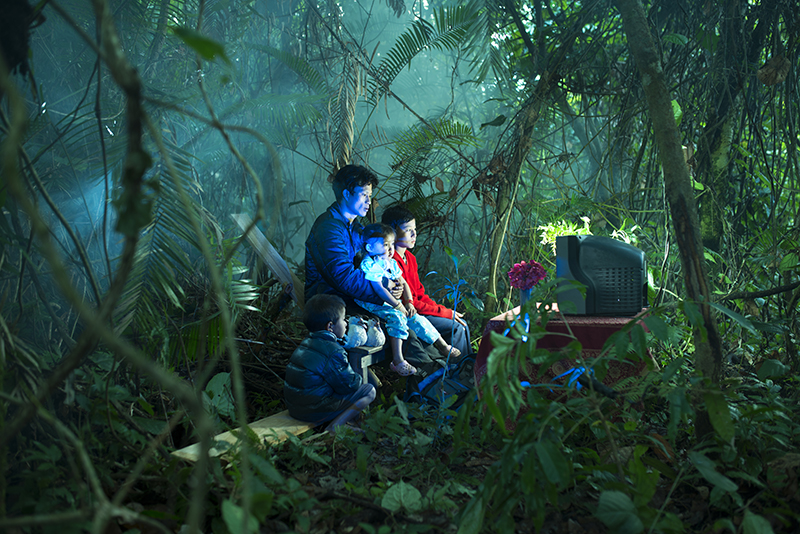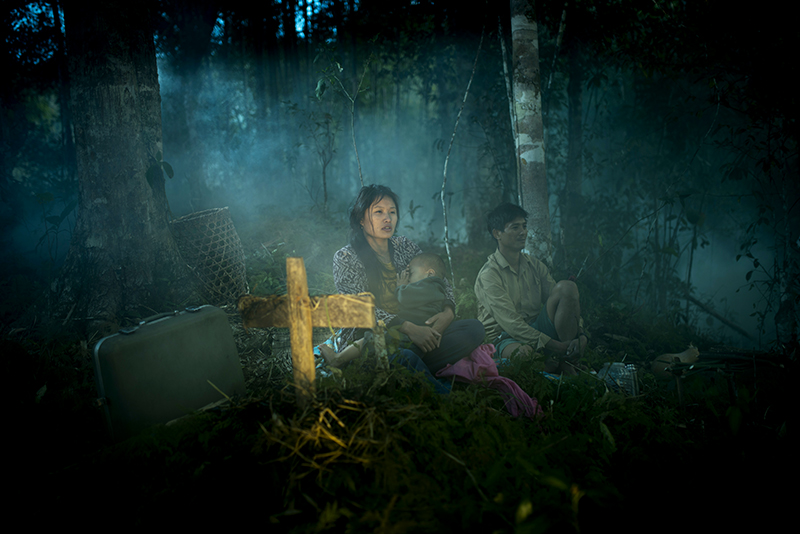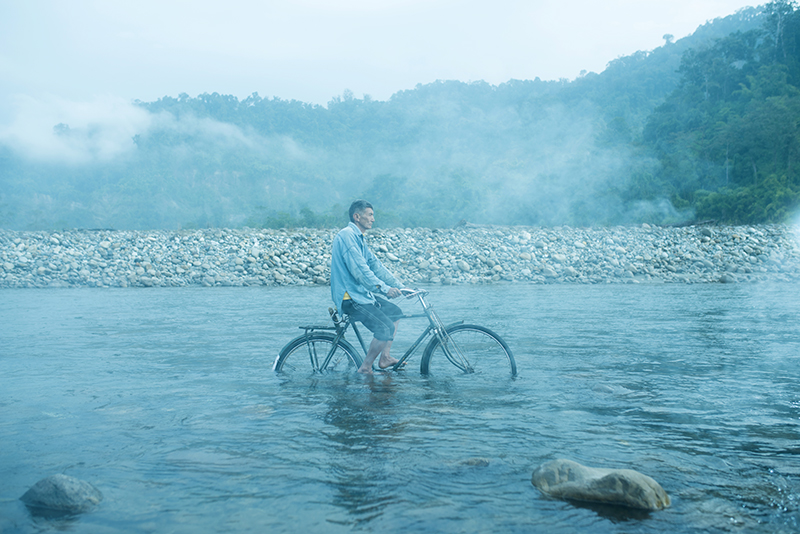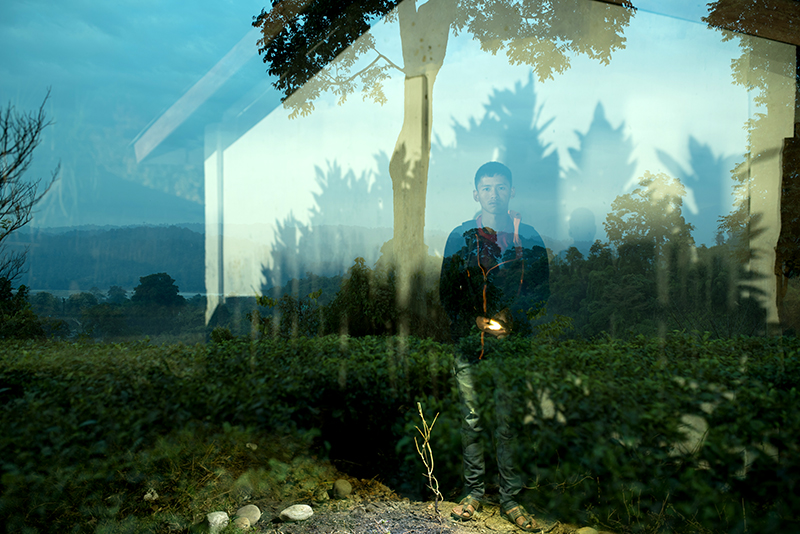Sharbendu De
Grant Period: One year and six months
Sharbendu De is a Delhi-based photographer and academic. As a photographer, Sharbendu has worked on various projects and exhibited his work in India and abroad. As an academic, he has taught at a number of universities and colleges, mentored projects, conducted workshops, published papers and participated in seminars and conferences.
This Project will enable Sharbendu to research into the life of the Lisus, a forest-dwelling indigenous community inside Namdapha National Park and Tiger Reserve on the Indo-Myanmar border of Arunachal Pradesh. According to Sharbendu, the visual archive of the tribal communities in India is predominantly a colonial-anthropological repository of exoticised images focused on rituals, ornamental and unfamiliar aspects of tribal life. It has constructed a skewed repertoire of representations without providing a contextual understanding of their community life. With this project, Sharbendu will explore alternative aesthetic approaches through creative documentary techniques to depict the life of this community and communicate the relationships between inhabitants, nature and their state of mind.
He will examine the making of colonial stereotype and the politics of representation of tribal/marginalised societies by analysing photography from that period of the indigenous communities of India. His aim is to critique the anthropological lens of Hans-Eberhard Kauffmann and Christoph Von Fürer-Haimendorf, which reinforce the exoticism and framing of the ‘primitive’. Building on the idea of A K Ramanujan, that ‘Self-sufficient village communities’ are ‘mythic entities’, Sharbendu will examine this idea in relation to the Lisus. His question would be to understand how cohabiting with nature influence them, and what lessons this way of life could offer mankind especially in a world removed from nature. Through a practice-based research approach, Sharbendu will critique the established stereotypes and work towards building a contemporary visual language to study the marginalised communities and their cultures.
Sharbendu will travel to Miao, Namdapha National Park and the bordering villages in Changlang districts in Arunachal Pradesh, and in parts of Shillong to photograph and shoot videos of the daily life and cultures of Lisus. Simultaneously, he will also record their folklore through extensive audio-visual interviews. In addition to this, he will document the topography and explore the construction of topographical narratives in the region. The audio-visual documentation of the community members of the Lisu tribe narrating stories and long videos of the landscape will be juxtaposed together in the form of an installation.
One of the key challenges for Sharbendu is the weather in Changlang district as it rains heavily from March to August. Frequent landslides and torrential rainfall close the roads and rampant Malaria increases health risk. Therefore, he has planned his fieldwork outside of the climatically adverse months. Even then the travel is not easy; therefore he will exercise regular caution and look after the well-being of his local aides in the region while travelling deep into the forests with scant or no modern-day transport or other facilities.
This project is coterminous with another research project that IFA is supporting under this programme this year for KP Jayakumar to study British colonial visual narratives of landscape and people in the High Ranges of Kerala. Also, in 2015-16, Zubeni Lotha received support under this programme to challenge Christoph von Furer-Haimendorf’s photographic representation of the Konyak Nagas through practice-based research. Though set in different geographical, cultural and language contexts, all these three projects critique the colonial photographic representation of indigenous communities in India. It will be interesting to see how the processes and outcomes of the three projects speak to each other when they are complete.
The decision to support this project is embedded our mandate for supporting practice-based research in the arts to create spaces for dialogue between theory and practice. It also comes out of our desire to support work that challenges dominant narratives. The outcome of this project will be a photography and audio-visual installation with podcasts and videos. The Grantee’s deliverables to IFA with the final reports will be images, materials from the audio-visual documentation and an accompanying manuscript. The budget is commensurate with the proposal.
This grant is made possible with support from Titan Company Limited




